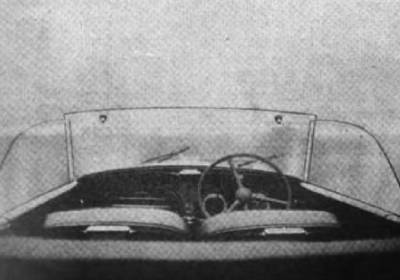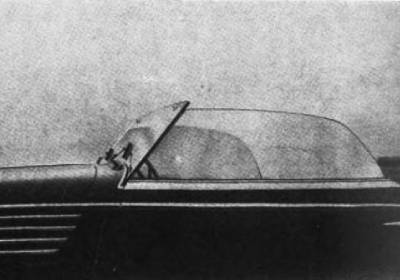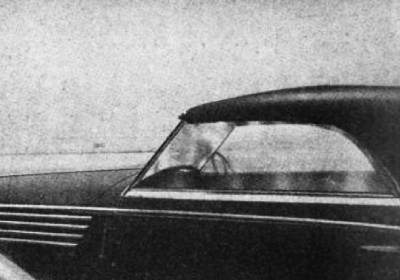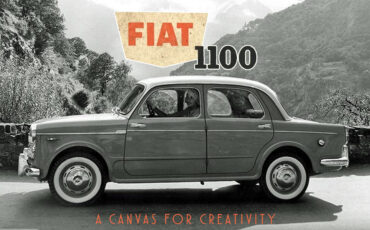
The beginning
At the end of 1937, at the Milan Motor Show, Carrozzeria Castagna exhibited a cabriolet which featured a windshield which was erected from the dashboard without any side posts. This revolutionary system born beyond the Alps was called “Vutotal”.
The Vutotal was patented by the French engineer Joseph Vigroux and tested by the Parisian coachbuilder Jean Henri-Labourdette in 1935, it was called “Vutotal” as a synchrase of vue totale (in english “total view”).
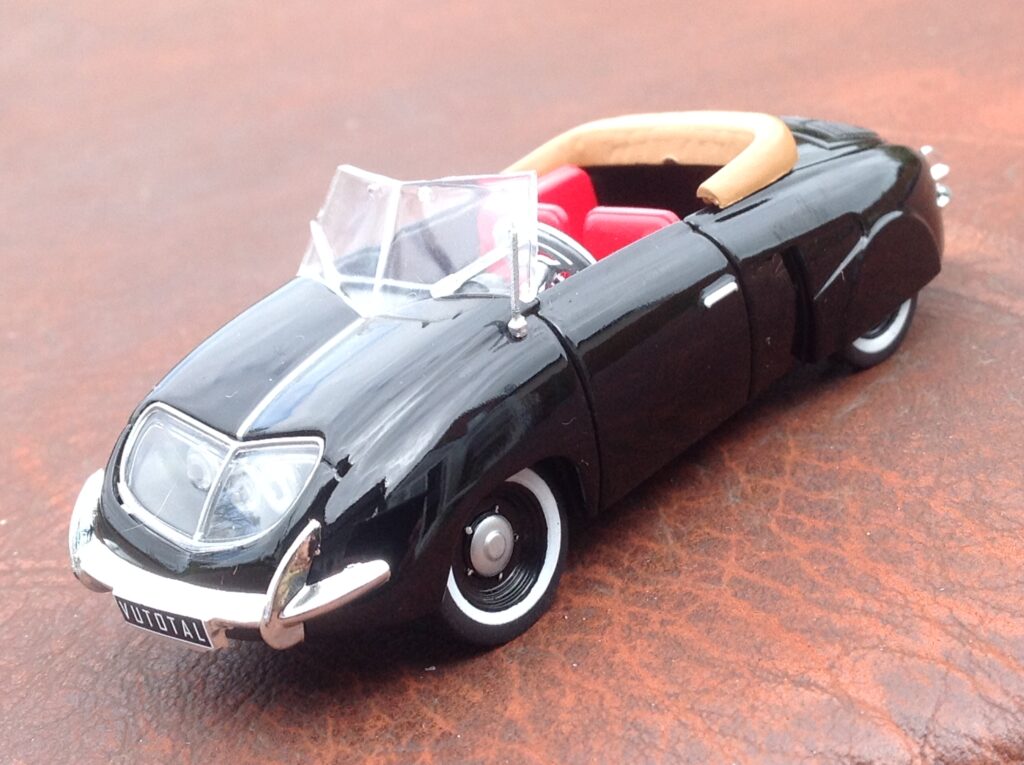
Starting in 1939, after solving some legal and commercial issues, Carrozzeria Castagna bought the exclusivity of the patent which was renamed “Vistotal” (which sounds more Italian), and officially began the delivery of cars with this new windshield system.
The system
Back in the 30’s, it was a common problem that the windshield frame obstructed the driver’s visibility. Creating such a windshield was unthinkable at the beginning of the century, but thanks to the progress made by the glass industry at the end of the 1930s, it was finally possible to adopt this kind of solution. According to Commendatore Castagna, the Vistotal system was the most elegant and convincing solution to overcome the issue of poor visibility while driving.
Instead of the normal windscreen glass, a much thicker one was used – usually from 12 to 15 millimeters thick (depending on the size of the car). It was mounted without uprights, and was only supported by patented steel clamps housed within the dashboard where the sheet of glass penetrates about 15 cm.
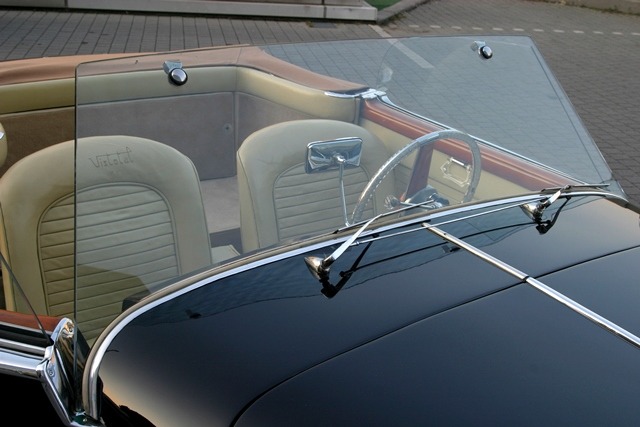
The “Vistotal” patent mainly consists of these plate support attachments which, while allowing it a certain independence from the vibrations of the car, keep it integral with the bodywork.
The conformation of this connection and the thickness of the sheet of glass offer the widest guarantee of strength and resistance to any impact.
On the cabriolet models, the attachments to secure the roof when it is raised are placed at the upper edge of the windshield, while on the closed models the roof forms a single body with the bodywork through the glass itself.
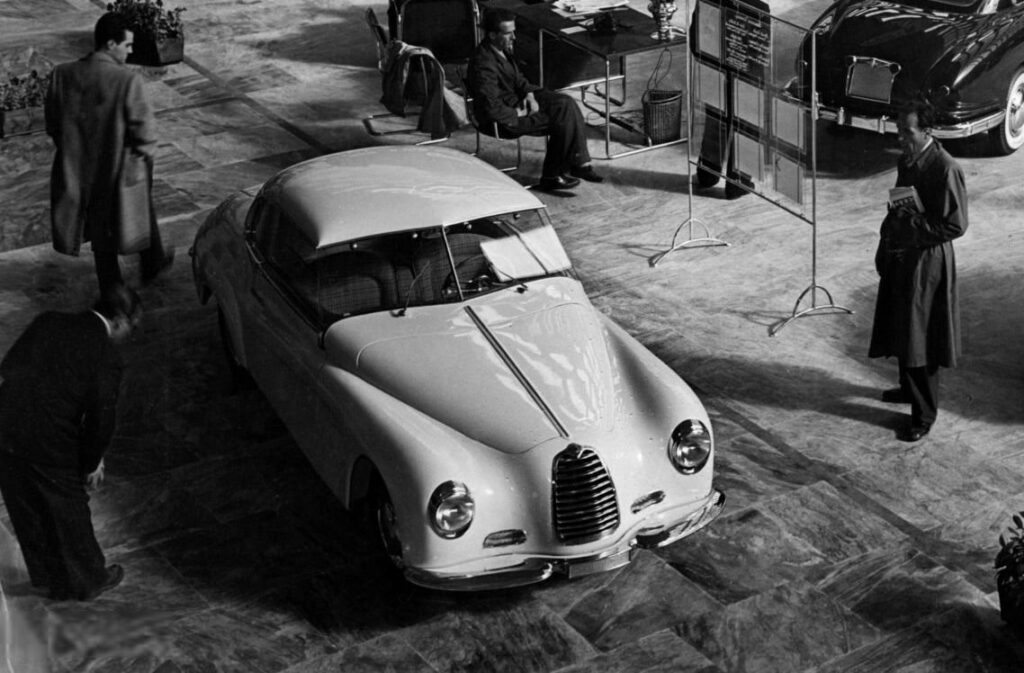
The adoption of the “Vistotal” also makes it possible to eliminate the frames of the side windows in convertible cars, allowing them to be made of a single piece and conveniently shaped so that the front line fits perfectly with the inclination of the windshield, when the window is raised. The width of the large front glass is calculated so that it protrudes a couple of centimeters beyond the lateral one. The two glass pieces do not naturally come together hermetically with one another but the gap that remains between them is minimal, if not imperceptible. In any case, the greater width of the windshield creates, with the speed of the car, an air gap in the corner between the two windows – a void which, while absolutely preventing the entry of rain even in the most adverse conditions, favors the exchange of air inside the car, so much so that even in the middle of winter, the adoption of the well-known thermal visors on this windshield was useless, even with the usual systems to avoid fogging.
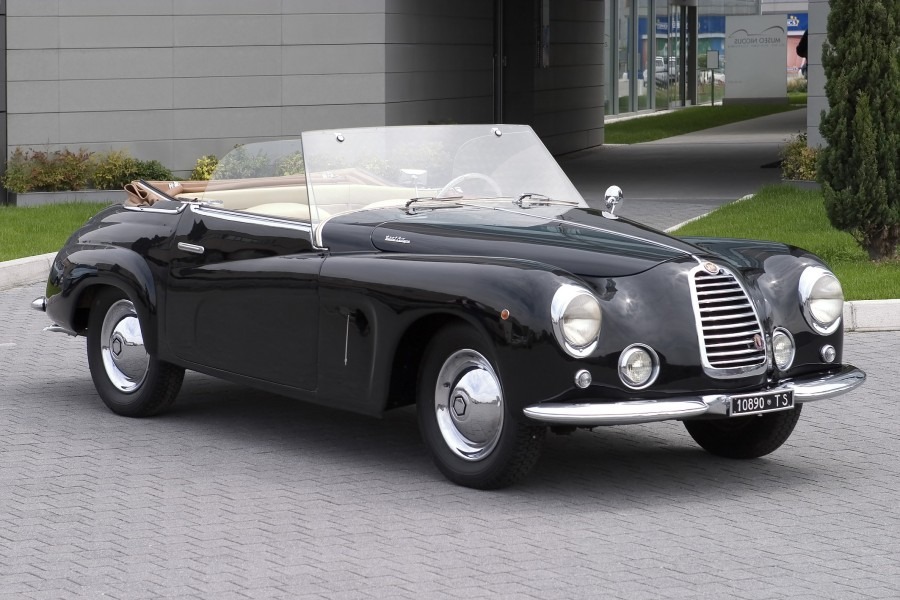
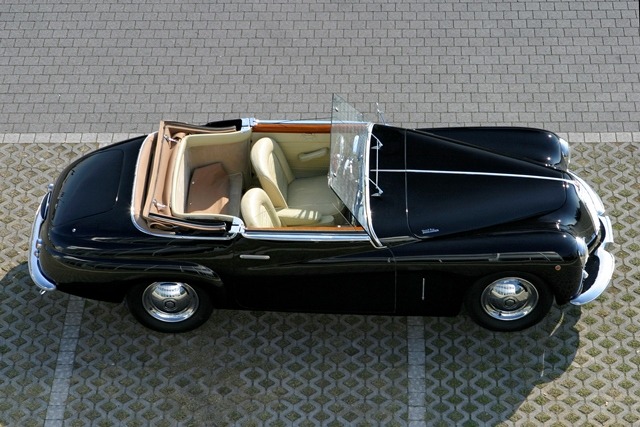
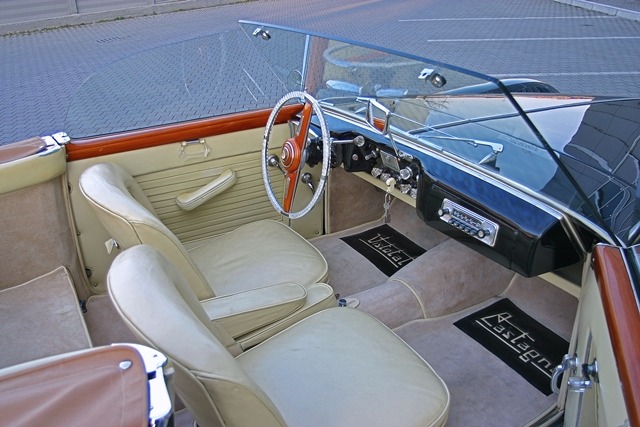
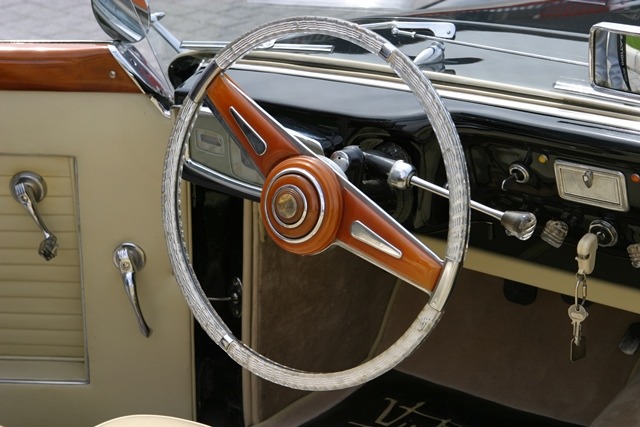
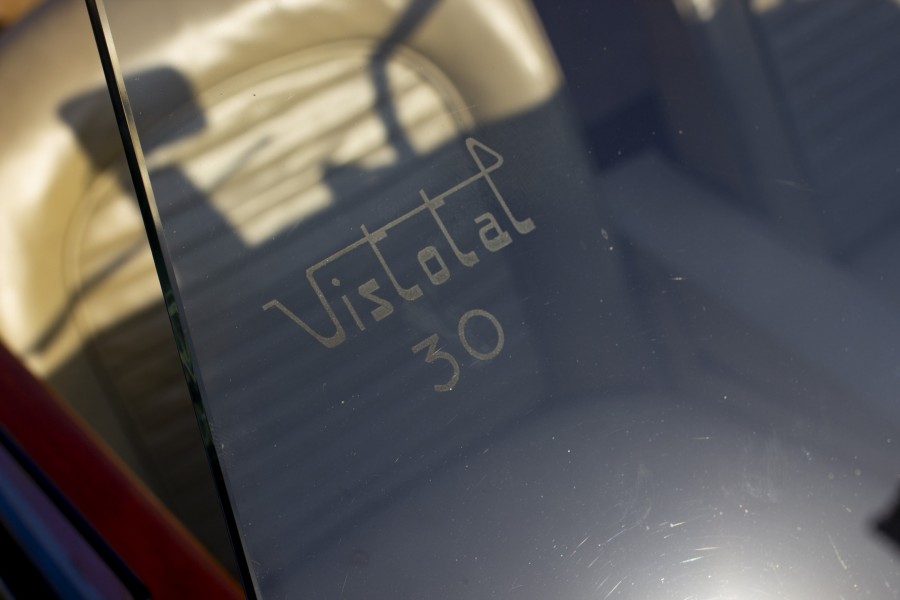
Fiat 1100 E Cabriolet Vistotal
Photo courtesy of Museo Nicolis.
As you can see, there are many advantages offered by the adoption of the “Vistotal” – among these is significant weight saving of around fifty kilos. The Vistotal models of Carrozzeria Castagna usually were offered with matching interior details such as the steering wheel and handles made from plexiglass – carrying on the “glass theme”
The decline
Although this system was used by Castagna on his creations in the late 1930s, it was actually first adopted in France even on luxury buses. The first experimental application was on the body of a Delage D6-70. Subsequently, the system was used by French coachbuilder Labourdette for realizations of open cars, among which the famous Rolls-Royce Phantom III Labourdette Vutotal Cabriolet is particolary memorable.
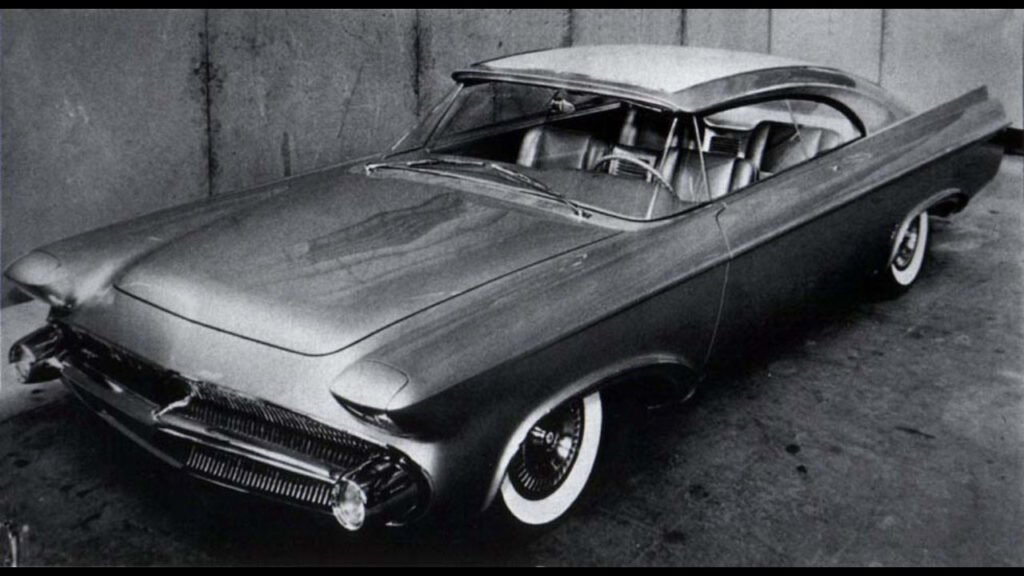
The Vistotal system was definitively abandoned in the early 50s, due to the high costs and the complexity of the fixings, moreover it was not particularly appreciated by the public. Similar systems were used by Carrozzeria Ghia in 1956 for the creation of the Chrysler Norseman showcar, a project followed by Sergio Coggiola’s team who, a few years earlier, had also designed the windshield of Carrozzeria Fontana’s Ferrari 212 Inter “Uovo”.
The rebirth?
Inspired by the Vistotal patent, Carrozzeria Castagna has presented in 2019 a project based on the Porsche Panamera in which the traditional doors have thus left room for a single carbon fiber door with vertical opening: the sides thus adopt a single glazed surface that improves visibility and accessibility.
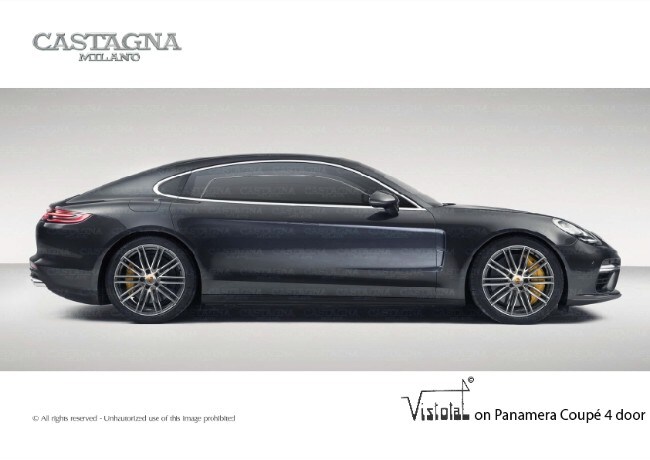
To best integrate this element into the original design, a hollowed out part has been provided in correspondence with the air vent of the front fender, underlined by the iridescent paint in two colors of the entire side. The single retractable handle is activated by touch and the lock is servo-assisted, it is also possible to control the door remotely.

